The Condoriri park was a treasure trove of plant species. I wish I had several days here, as my few hours was far from enough to explore all the incredible miniature plants growing here, including this geranium sessiliflorum.
Altitude: 4595 metres.
Native range is Peru to southernmost South America.
-16.206558,-68.248857
Last updated on 27 June 2024
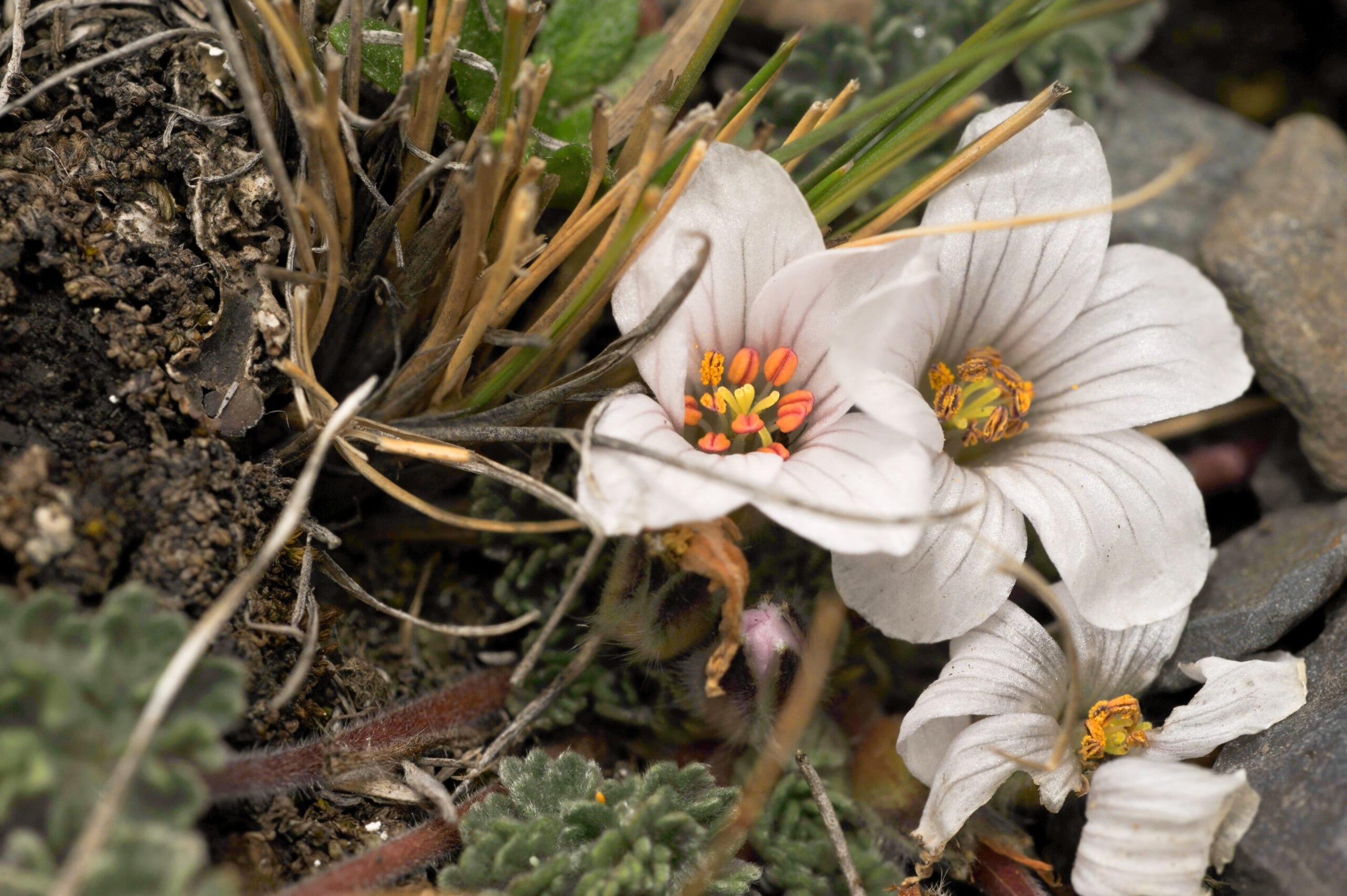
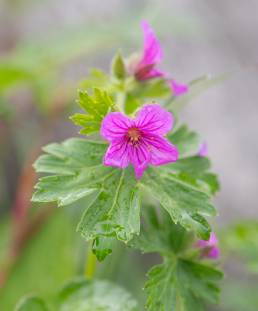
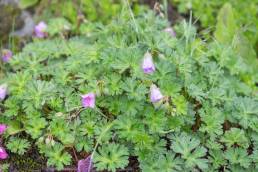
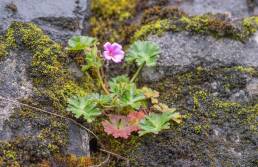
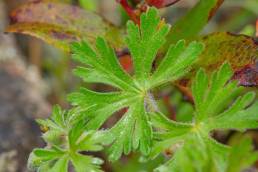
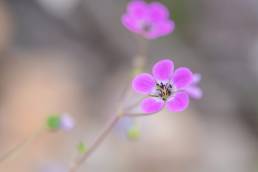
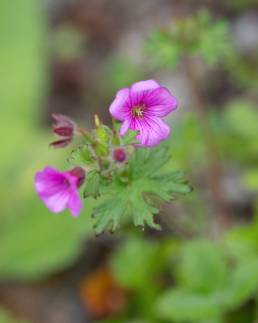
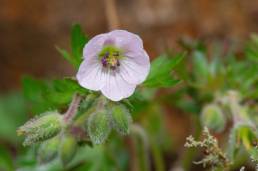
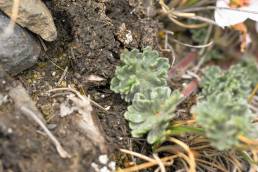
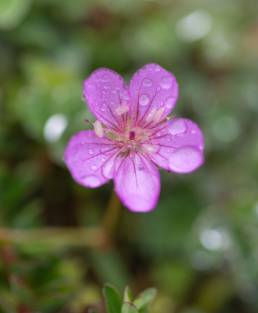
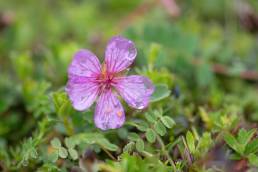
Geranium it is – wonder why I missed that!
I’m not so sure it’s sessiliflorum, though, as this first of all is much more hairy on leaves, the sepal is far from pink and the altitude is 4500.
This looks more like sessiliflorum: http://www.ross.no/2011/12/11/yanacocha-plant-09-geranium-sp/
Hmm, i think you are right, my first guess when i saw the silvery leaves were Geranium ecuadoriense. I think this species looks a lot more like your plant here. But according to the IUCN Red List all known collections of Geranium ecuadoriense were recorded on the Volcán Chimborazo, inside the Reserva de Producción Faunística Chimborazo, far away from Bolivia.
When i found out that Geranium ecuadoriense (or similar High altitude species like Geranium antisanae, loxense, sericeum etc.) were not reported from Condoriri, i searched and found this site.
http://www.academia.edu/610806/Plantas_del_Parque_Nacional_Tuni-Condoriri
The Plant looks like yours, and thats why my ID was Geranium sessiliflorum.
If this is a missidentification, then the species might be a described species that maybe the National Park is not aware of or a new species. Sadly i found mainly informations about ecuadorian species…
Excellent! I have not found any online references to Condoriri flora, so this is great!
I definitely agree it looks like sessiliflorum pictured in “Plantas
Del Parque Nacional Tuni-Condoriri” (Meneses_etal_2010_Tuni-Condoriri-libre.pdf), but that is the only one I’ve found that looks like it.
The sepals are overexposed, but the prominent darker colored veins in sepals should be visible still, and they do not appear at all.
These darker veins are prominent throughout the life of the flower, as can be seen in the photo here, so I do not think this is the same species as in the pdf.